The group of stern-faced, hawk-eyed federal officials ushered the journalists into the room with Canada’s most powerful person as quickly as the press would be ushered out a few minutes later.
Inside sat Prime Minister Justin Trudeau, dressed in a dark blue suit and sitting at the head of a long, oval table in front of several flags. Next to Trudeau sat Hassan Yussuff, the president of the Canadian Labour Congress, which represents milions of workers across the country.
Around the table sat over a dozen attentive officials in suits, positioned in front of microphones, fiddling with their phones, drinking water and listening to the prime minister.
“It’s a pleasure to be here in this — the very first occasion for me to play president of the G7,” said a smiling Trudeau, as photojournalists’ cameras clicked away.
He would then launch into a sweeping speech about the labour movement, workers’ rights and government policy.
Trudeau and Yussuff were meeting that day, April 4, with foreign labour representatives from the Group of Seven (G7), some of the largest economies in the world. They were discussing a communiqué for the 2018 G7 summit, which Trudeau will host this June in La Malbaie, Quebec, that would address labour issues like gender equality and income inequality.
Looming over the discussions, however, was another major issue — one that Trudeau wouldn’t raise until the very end of his remarks.
Federal and provincial governments are moving to limit the effects of climate change by cutting and pricing their carbon pollution, the main driver of global temperature rise. These greenhouse gases are becoming concentrated in the atmosphere, absorbing heat and causing sea levels to rise and floods and droughts to intensify.
Businesses are proactively responding to this transformational shift by accelerating technological innovation and energy efficiency, say market-watchers. Hundreds of thousands of Canadians are moving into green jobs, the national data agency has said. Experts argue companies that are greener will better thrive in a global marketplace where there's a price on pollution.
But in cutting greenhouse gases, governments are also altering whole industries, like coal power and the oil and gas industry. The latter has been a particularly sensitive issue for the Trudeau government since November 2016, when it announced it was approving two major pipeline projects, one from Kinder Morgan and one from Enbridge, that would allow for oilpatch expansion, as part of an overall national climate change strategy.
Most climate change policy experts say a low-carbon future that addresses climate change will necessarily mean fewer jobs in fossil fuels, and require what labour leaders describe as a "just transition" for displaced workers to find jobs in emerging industries.
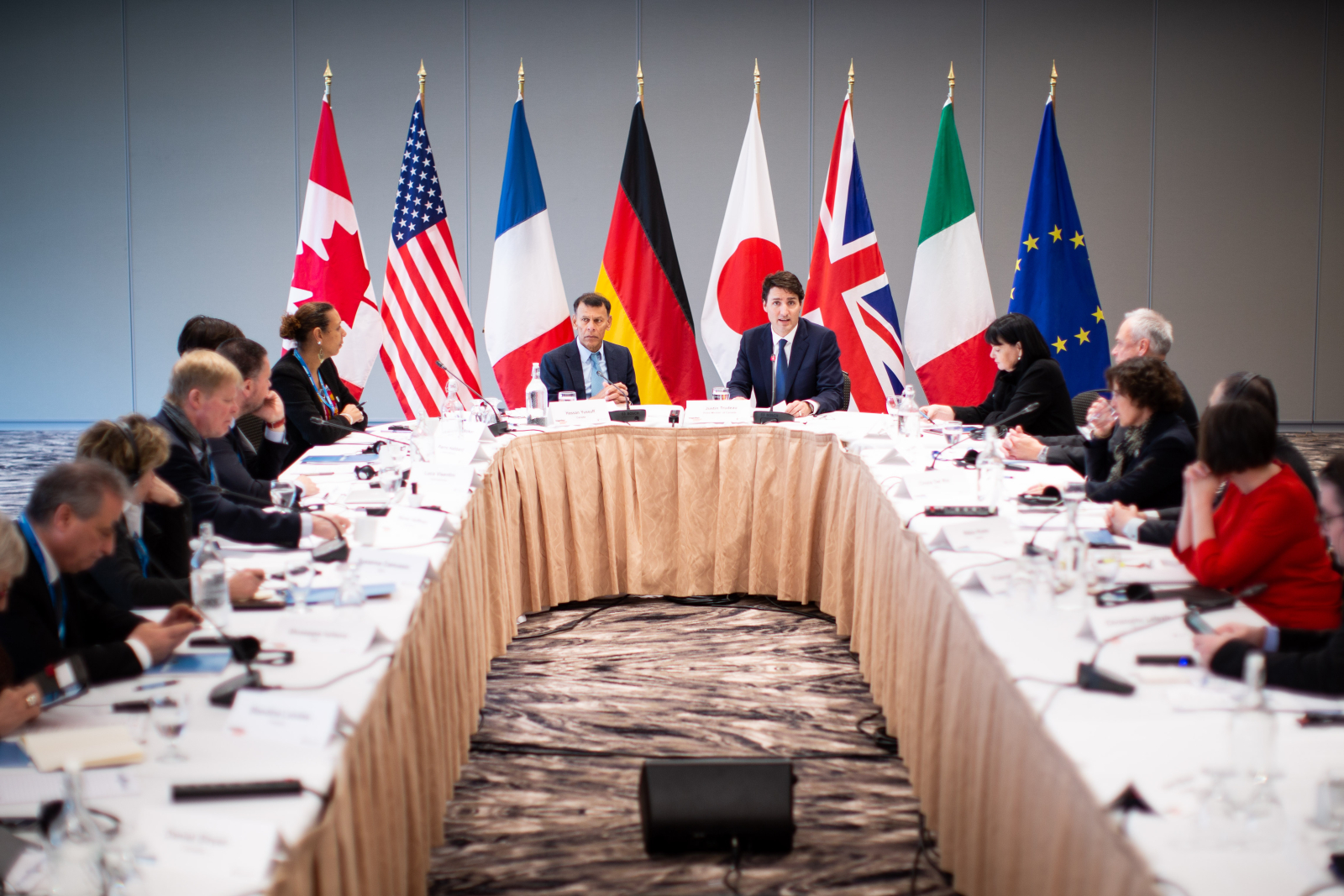
Phasing out a 'dependence on fossil fuels'
That would likely affect many of the tens of thousands of people employed directly or indirectly because of the oilsands, in Alberta. These rich deposits of heavy oil beneath the boreal forest in the northern part of the province make up the world's third-largest reserves of crude oil, after Saudi Arabia and Venezuela.
They are also Canada's fastest-growing source of greenhouse gas emissions, the federal government has indicated, although Alberta has promised to cap those emissions through its climate change strategy.
Governments around the world, including Canada, expect that fossil fuels such as oil, gas and coal will need to be replaced with cleaner forms of energy as the dominant form of primary energy for industrial, commercial and personal use.
Based on peer-reviewed evidence, the International Energy Agency, an intergovernmental organization, has concluded that "no more than one-third of proven reserves of fossil fuels can be consumed prior to 2050" in order to avoid a two degrees Celsius increase in average global temperatures.
That's the tipping point that scientists say could cause irreversible damage to the planet's ecosystems.
Trudeau himself seemed to acknowledge this, when he said at a town hall meeting in Ontario in January 2017 that "we can't shut down the oilsands tomorrow," but "we need to phase them out. We need to manage the transition off of our dependence on fossil fuels.”
Those comments sparked anger in Alberta, where the oil industry was already suffering due to a global plunge in commodity prices which began in 2014 and triggered tens of thousands of job losses in Alberta. A few months later, Trudeau was speaking to the oil industry in Houston, Texas, repeating a line he had used before that argued “no country would find 173 billion barrels of oil in the ground and leave them there.”
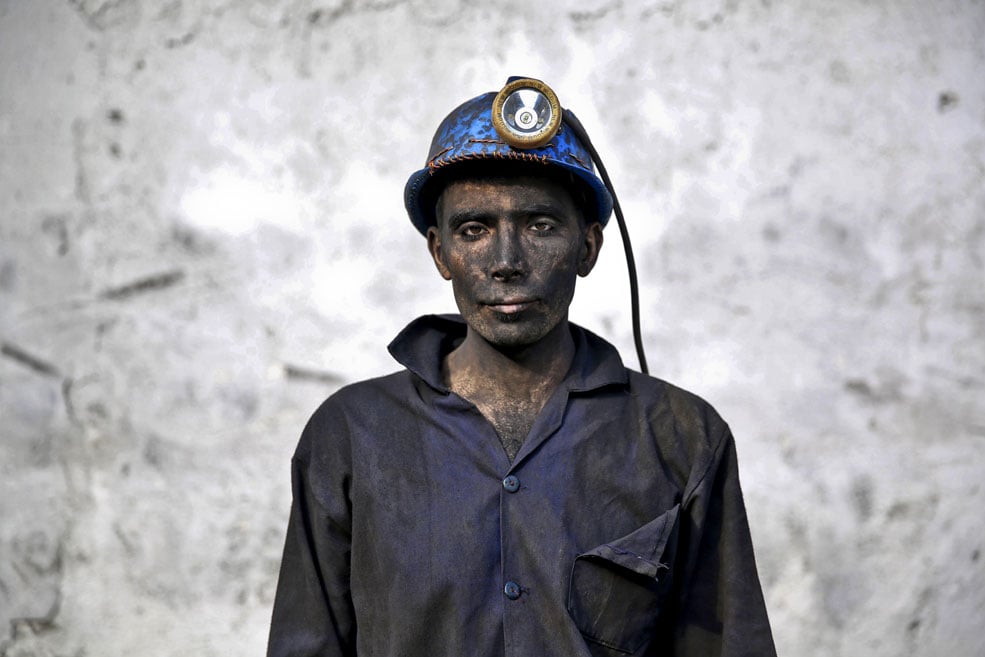
'Workers are very distrustful'
The coming transition also affects several provinces that continue to operate coal-fired power plants.
Coal is one of the largest sources of greenhouse gas emissions on the planet. The air pollution created by burning coal is damaging to human health. Meanwhile, the price of renewable energy is becoming increasingly competitive with coal power. All of this points to a powerful trend against the future of coal.
In 2014, Ontario became the first North American government to rid itself of coal-fired electricity generation, going from a quarter of the provincial electricity supply in 2003 to zero in 2014. Carbon pollution in the province dropped by almost a fifth over that period, largely due to the phase-out, and smog days dropped to zero.
Alberta also announced it was eliminating coal-fired power plants by 2030, and launched negotiations with the labour movement. Its Advisory Panel on Coal Communities made recommendations in November, and Alberta now has a $40 million fund, funded by its carbon pricing regime, to deal with what will happen to affected communities, it has said. It is also committed to paying coal power producers over $1 billion over 14 years to compensate them for shutting down plants.
The federal government, too, has committed to phasing out coal power nationwide by the same date, 2030. Yet this much larger phase-out has broader implications for the estimated 50,000 Canadians in the industry. The Canadian Centre for Policy Alternatives has said Canada is not sufficiently prepared and has urged the government to invest more in job creation, social security and workforce development.
The Alberta Federation of Labour (AFL), which organized a series of town hall meetings in that province to listen to affected workers, has praised the Alberta NDP government of Premier Rachel Notley for doing a lot of the “heavy lifting” in advance of the federal initiative. But it wants to see tweaks to federal employment insurance (EI) that would give more money to workers than would otherwise be the case.
“In order for any government to be successful with climate action initiatives, they need public support. But without fair and just transition initiatives for affected workers, they run a very big risk of losing the support they need to keep moving forward,” said AFL president Gil McGowan, in an interview with National Observer on the edges of international climate change talks in Germany in November 2017.
“As it stands right now, coal workers are very distrustful because the government hasn’t given them concrete answers, and they will remain distrustful until that changes.”
The Trudeau government initially promised union leaders in 2016 that it would establish such a “just transition” plan for coal workers, and that Environment and Climate Change Minister Catherine McKenna would be the lead minister on the file, according to Yussuff. But at the climate talks in Germany, the CLC president expressed frustration that no plan had been launched yet.
Soon after, McKenna would announce that she had rallied 25 governments on board a joint Canadian-British push to end coal-fired power. The minister also promised that Ottawa would set up a task force to examine and recommend policy to ensure a just transition for coal workers.
In February, the Trudeau government released the terms of reference for the task force, which says it will, in part, “engage with relevant stakeholder groups, provinces, and municipal governments” on the scale and type of impacts on coal workers.
But it still hasn’t publicly named anybody to the team.
Trudeau, sitting in the room full of labour representatives and journalists on April 4, ended his remarks by teasing that he was “about to launch” the task force — but gave no firm date.
“I hope that its forthcoming suggestions can serve as a model for what all of us in this room can be doing globally to promote a just transition,” he said, and smiled again.
The journalists were then quickly ushered out of the room.
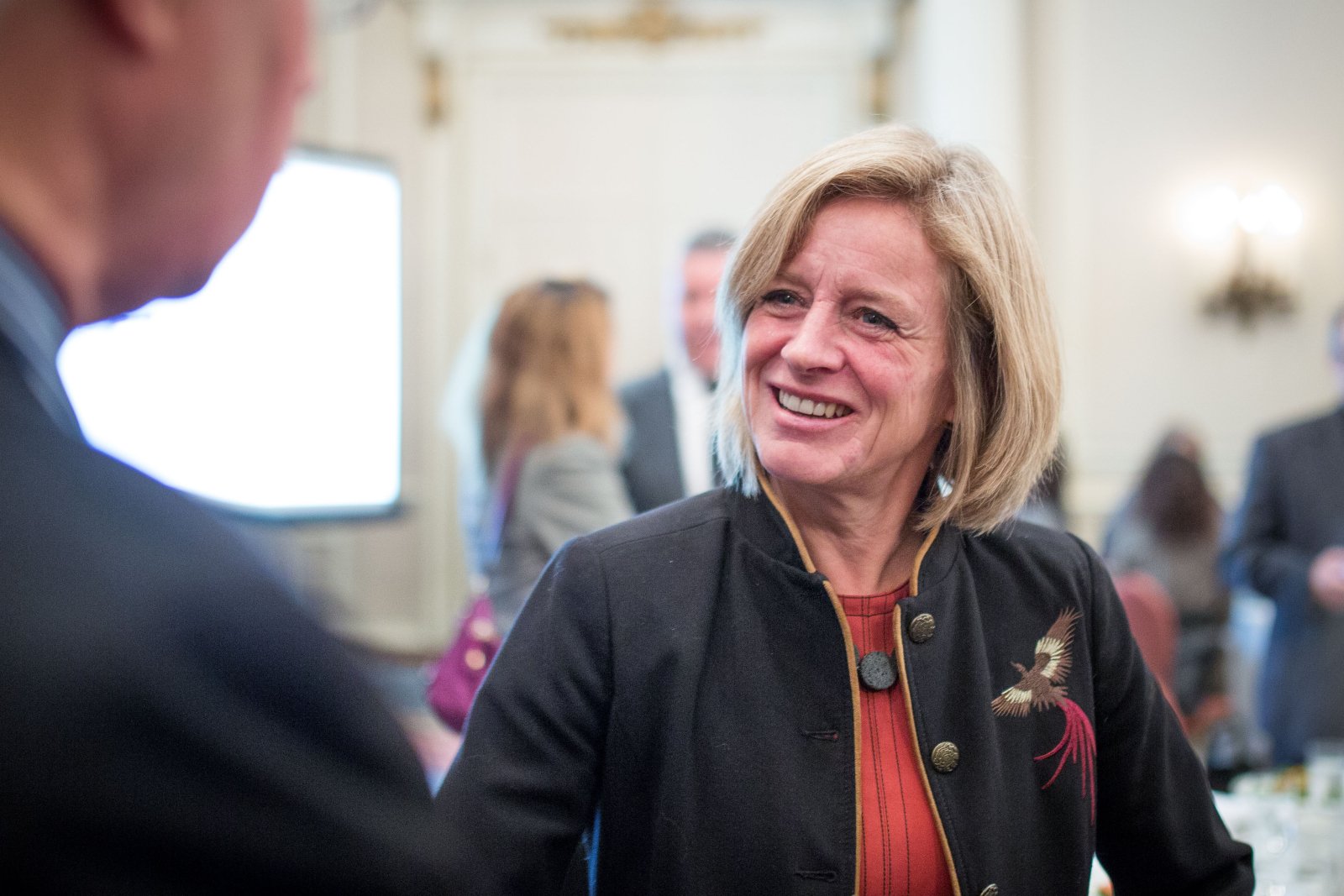
A just transition for thousands in Alberta
Time is of the essence, argued McGowan, who chaired the labour-organized Coal Transition Coalition that set up the town halls. The transition away from coal power, he said, is “happening much faster than a lot of people thought.”
While governments have set a deadline of 2030, power generation companies are moving on their own to phase out coal-fired plants after learning about the policy, he said.
“Just transition is not just about outcomes, it’s also about process,” said McGowan, “specifically about including affected workers in the discussion about policy right from the beginning.”
“If you get the process right, two things will happen. First, you’ll start to build the trust that’s necessary to legitimize initiatives like coal phase-out. But you’ll also end up with better policy outcomes, because the policies that you develop will actually be connected to the real anxieties and concerns that workers have.”
The AFL believes about 3,000 people work in either coal-fired power plants or coal mines. About 700 of those are within a few years of retirement. They are an older demographic; the average age of workers who are facing the prospect of being let go as a result of federal or provincial coal phase-out is over 45.
The process to phase out coal plants in Alberta was actually started under the federal government by former prime minister Stephen Harper, who introduced regulations in 2014 that Alberta now says would have shut down 12 of its 18 plants by 2030 on its own.
“When I came into cabinet, I discovered, to my horror, that there was absolutely no plan for the people in those communities that had been working in those facilities for some time,” said Alberta Environment Minister Shannon Phillips, in a teleconference with reporters on March 28. “These are lifelong jobs, at coal plants.”
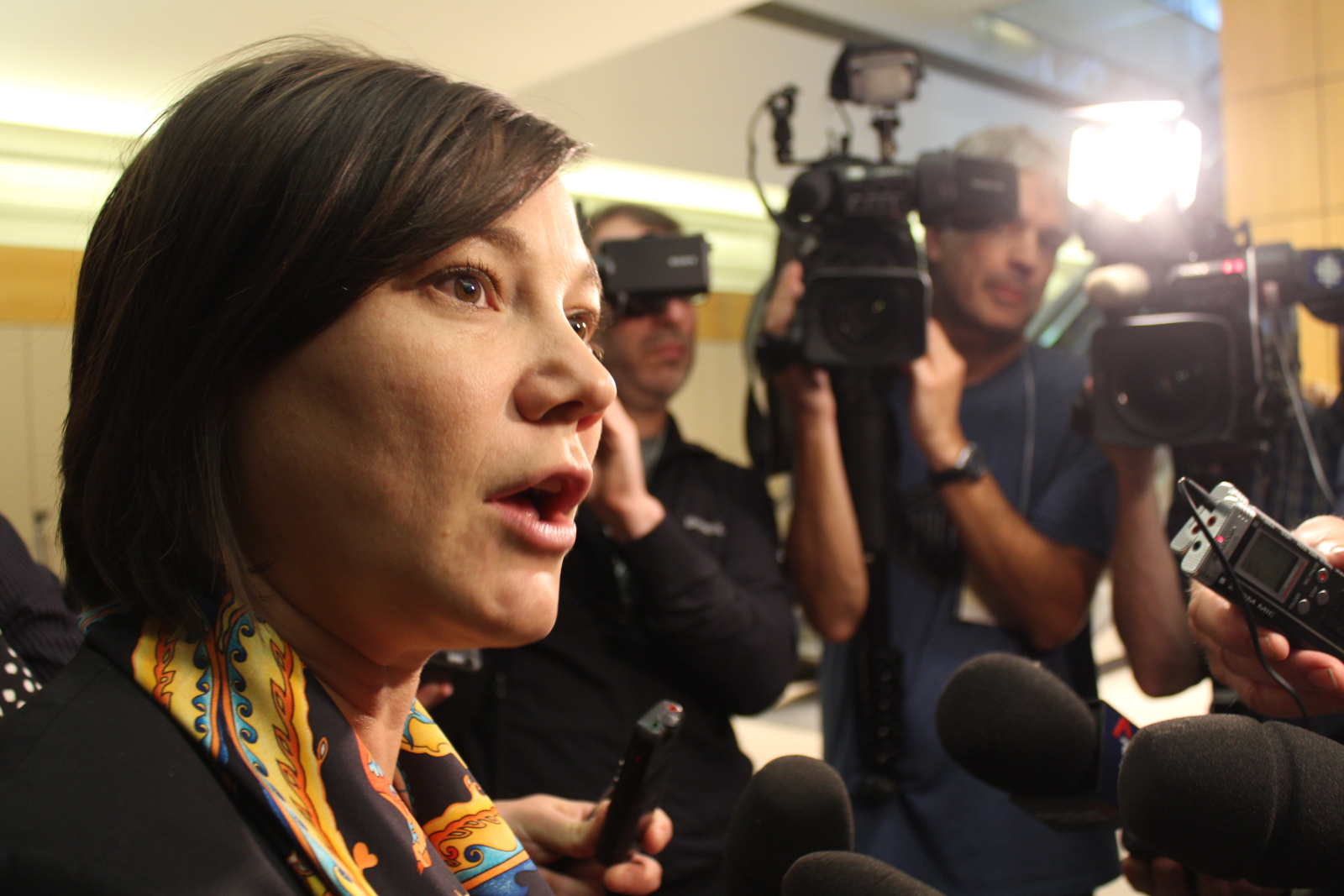
Phillips said Alberta has worked on a plan to phase out the remaining six plants and create an “overall approach” to the coal communities, including the $40 million fund.
Edmonton has also been working with Ottawa on several outstanding issues. One is on converting coal plants to gas plants. Phillips said her government made sure federal regulations could “make that real.” Several of those conversions have started happening.
“There are also plans afoot for community-based renewables, and other investments that we can make in communities where it makes the most sense,” said Phillips.
What needs to happen now, the AFL's McGowan had argued last November, is the federal government “needs to put their money where their mouth is” — specifically on the issue of EI.
“They need to acknowledge that the jobs that are being displaced in Alberta are being displaced at least in part because of federal regulation and initiatives,” he said.
Alberta’s plan describes income supports to displaced coal workers, for example, such as an AFL-recommended top-up to EI for people who have lost their jobs. But EI is a federal program, explained McGowan, and that money will be “clawed back” by the federal tax system unless Ottawa steps in to provide more flexibility in the plan.
The provincial government is also looking at EI eligibility, or the amount of time a worker can spend on EI, to be extended for workers affected. “This would be a way to bridge older workers, who don’t have much either interest or hope in retraining, to retirement,” said McGowan.
Phillips also said Alberta was looking to the federal government on the issue of employment insurance, and conditions of retirement.
Those discussions “remain ongoing,” she said in her comments on March 28. “We don’t have an answer for them yet. But you can bet that this will be coming up...in that task force.”
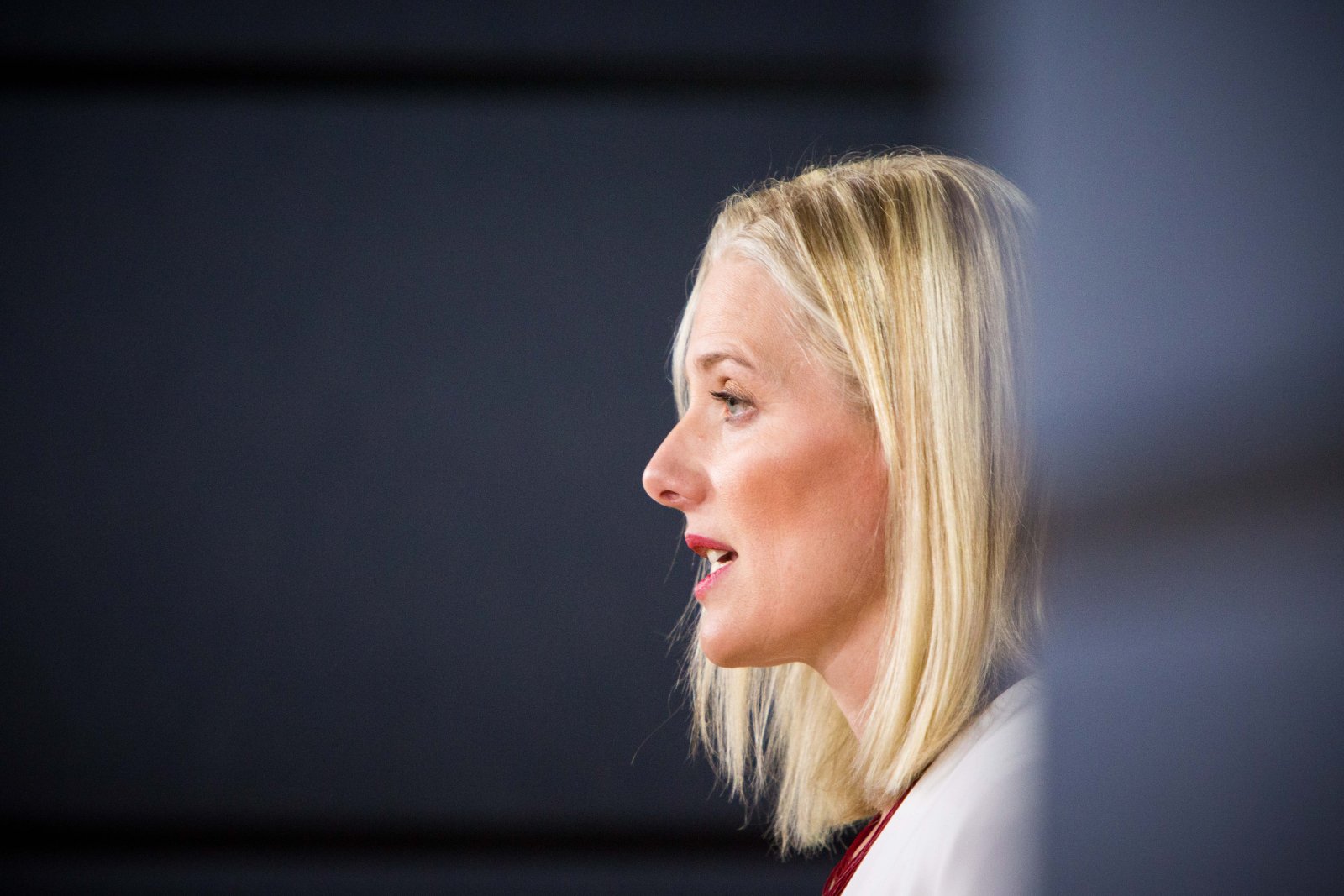
‘Everyone needs to be part of this’
National Observer asked to speak with McKenna on several occasions about the issue of just transition, beginning on March 20, and continuing March 23, March 28 and April 2. The minister’s office agreed to an April 3 interview, but had to cancel the day of. The minister has been unable to reschedule, but she is expected to unveil her new task force in the near future.
In Germany in November, McKenna gave a press conference with UK Minister of State for Energy and Clean Growth Claire Perry, where she discussed phasing out coal power, and the issue of just transition.
“In Canada we’re committed to phasing out coal, and we’re working with provinces, but we understand that there could be consequences on workers and communities, and we need to be working with them,” said McKenna.
“Everyone needs to be part of this. I was very proud to be here — we were with labour representatives here — and they agreed that we need to get out of coal, because there are huge economic impacts.
“There are health costs, there are economic and broader social costs, and we have an opportunity to move to clean power...we also know in terms of the economics, that wind and solar are increasingly cheaper. So there are ways to move forward, and I think that’s what we’re talking about.”
Here's a quick start up fix.
Here's a quick start up fix. End all subsidies to fossil fuels and redirect that money into solar and electric vehicles. Those new industries will produce the sustainable jobs the future needs, and as start up industries they could use some government help.
The richest, most capital intensive (fewer jobs per dollar) industry on earth should not be lining up for hand outs of public money. A green clean grid needs to be in place by 2050, if we are to have any chance of avoiding catastrophic climate change. Those green industries could use a government hand up.

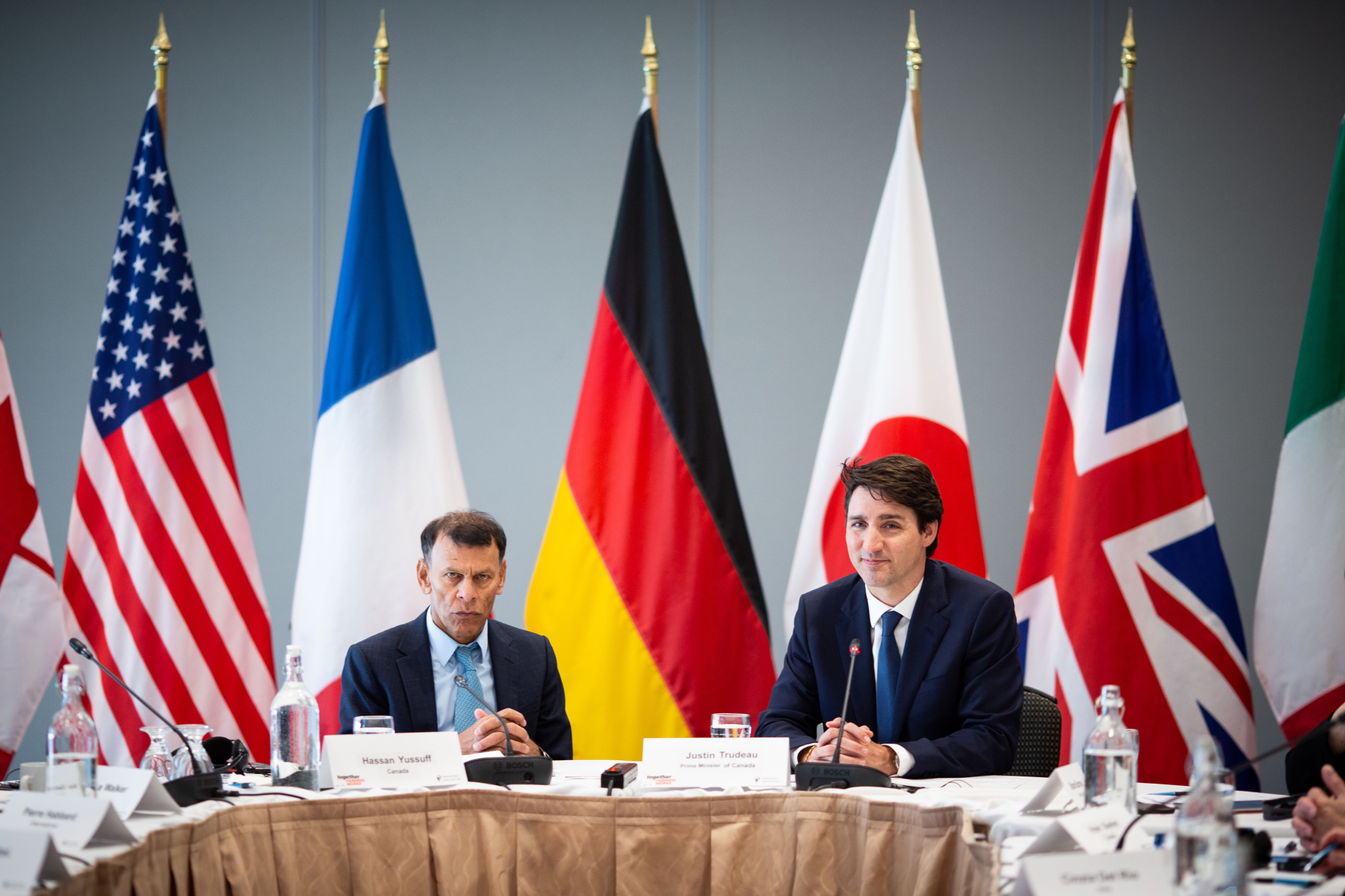

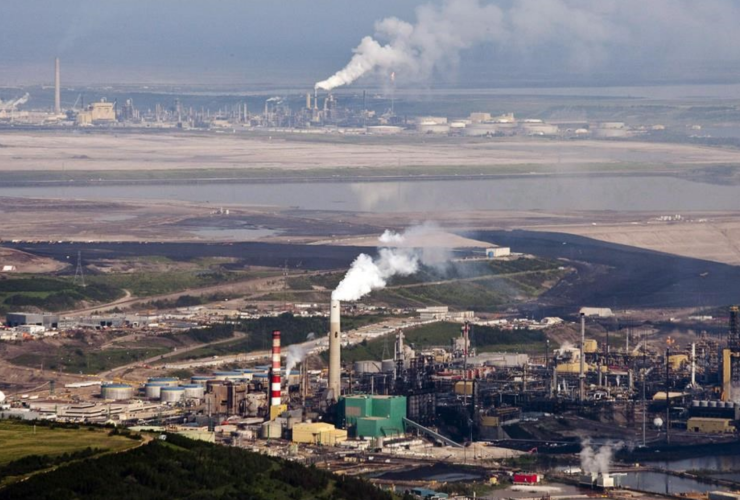

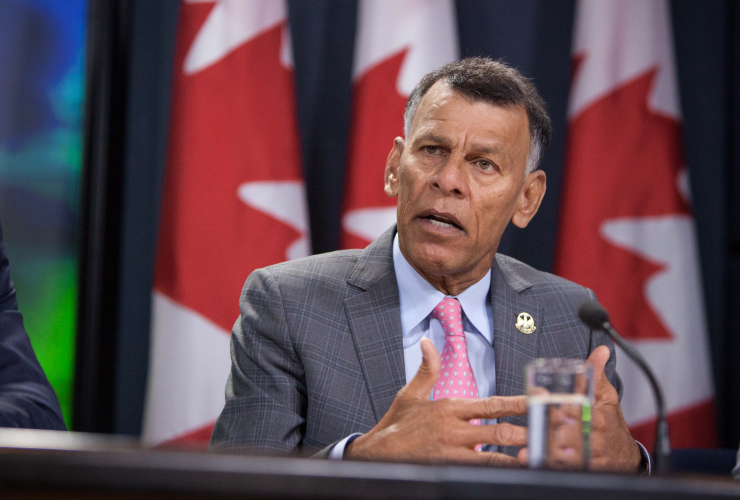
Comments